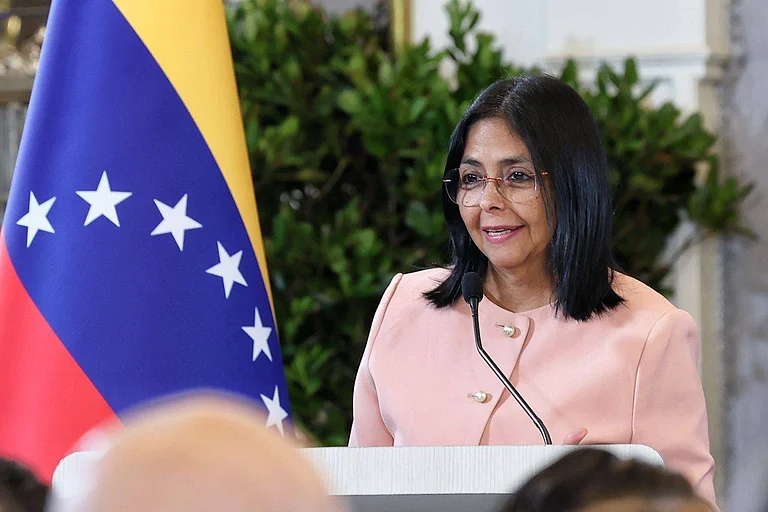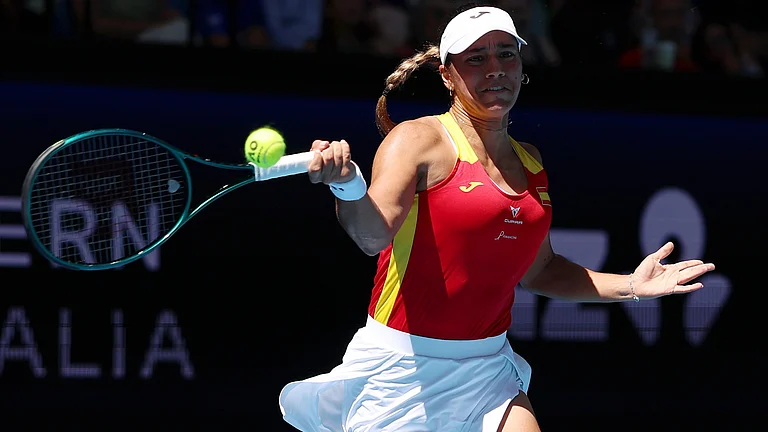Almost 10 years back on a lazy summer afternoon sitting in the spacious veranda of our ancestral home in suburban Kolkata, my late grandfather in a casual conversation said something which has stuck to me till date: “While others can talk about it and be nostalgic, only people of Bengal and Punjab could feel the actual trauma of communal violence unleashed by the Partition. While people in other parts of India try to draw historical lessons from the partition, we who have experienced it believe that the best way to heal is to forget.”
Being born in a family which migrated to West Bengal from Dhaka after Partition of the Indian subcontinent in 1947, I was raised on a staple diet of Partition stories and stories of Opar Bangla (Bengal which lies on the other side), a Bengali colloquial reference to Bangladesh. But it was the sheer emotional forcefulness with which those words were uttered by my grandfather that has still kept them poignant in my memory.
However, my recent tryst with Suman Nath’s latest book Democracy and Social Cleavage in India: Ethnography of Riots, Everyday Politics and Communalism in West Bengal, which has uncovered through impressive ethnographic research the depths and scale of the ongoing process of religious polarisation and competitive communalism in West Bengal, leads me to ask: is it the tendency of convenient forgetfulness that has contributed to the present polarising atmosphere?
Nath’s book is a fascinating exploration of latent dynamics of micro communalism in contemporary West Bengal. Nath’s analytical distinctiveness lies in his perceptive divergence from the dominant understanding that associates the emergence of the current wave of communal politics with the recent rise of Hindutva in West Bengal. While being critical of the Hindutva forces for attempting to communalise the political consciousness of the Bengali Hindus, Nath situates present form of communalism in a slightly longer timeline. He attributes the rise of communal forces to the emergence of a post-left polity that has created a space for what he calls politics of ‘cultural misrecognition’.
Interestingly, according to Nath, it was Trinamool Congress (TMC) that first inaugurated the politics of cultural misrecognition and the Bharatiya Janata Party (BJP) only embraced it afterwards. Nath conceptualises cultural misrecognition as a strategy of diverting focus from real issues of everyday life through manipulation of cultural dynamics. For Nath, cultural misrecognition is an over-arching analytical framework that subsumes different forms of identity centric popular mobilisation and consensus building tactics applied by both the TMC and the BJP.
TMC’s politics of cultural misrecognition involves shifting attention from enormous corruption in service delivery and skewed management of public resources by backing conservative and fundamentalist elements of Muslim community and also by occasionally adopting the strategy of soft Hindutva. Nath’s field research in Muslim-dominated districts shows that the indigenous and syncretic Bengali Sufi tradition is presently under severe attack by fundamentalist forces who are being patronised by the TMC for electoral purposes. They are using outright violence and coercion to impose upon common Muslims a conservative version of Islam embodying an ‘ideal Muslim’ prototype.
On the other hand, the Hindutva template of cultural misrecognition primarily involves what Eric Hobsbawm famously called ‘invention of tradition’. The sudden spike in the celebration of North Indian festivals like Ram Navami and Hanuman Jayanti often with weapons for the purpose of political demonstration of Hindu strength are leading to communal tension and riots every year. The state now has come to possess several riot hotspots such as Naihati-Hajinagar, Kankinara-Bhatpara, Asansol, Telinipara Dhulagarh and Baduria-Basirha.
Furthermore, Nath’s interpretation of Hindutva politics in West Bengal implies a move away from its ongoing vernacularisation. In explaining Hindutva’s success in making inroads beyond its traditional bastion of North India, scholars have highlighted its impressive ability to vernacularise itself in order to adapt to the diverse aspects of the entrenched regional cultures. Works like Cultural Entrenchment of Hindutva: Local Mediation and Forms of Convergence edited by Daniela Berti, Nicolas Jaoul and Pralay Kanungo and The Greater India Experiment: Hindutva and the Northeast by Arkotong Longkumer have brilliantly unveiled diverse dimensions of vernacular Hindutva. But Nath’s unmasking of the template of ‘invention of tradition’ suggests that Hindutva politics in West Bengal instead of vernacularizing itself is attempting to transform the regional cultural ethos. It is this reluctance for non-articulation of Hindutva in vernacular idioms that is possibly the reason for BJP’s inability to become acceptable in the eyes of the socially influential and culturally sensitive social constituency of the Bengali Bhadralok.
Overall, Nath attempts to bring home the larger point that neither Hindutva nor Islamic fundamentalism in contemporary West Bengal can be seen in isolation. They are mutually reinforcing coeval phenomena nourished by the non-secular politics of cultural misrecognition subscribed by both TMC and BJP.
Interestingly, Nath appears to be quite sceptical about the secular credentials of the TMC, which in his view set in motion the politics of cultural misrecognition and ended up creating a fertile field for the operation of competitive communalism of Hindutva. Nath laments that the normalisation of the politics of cultural misrecognition has significantly shrunk political space for secular politics. Importantly, for Nath, this also implies a decline of what political scientist Dwaipayan Bhattacharyya called ‘party society’. Nath believes that party society characterised by subordination of communities by the political party is now in decline with assertion of cultural autonomy by communities finding manifestation in the politics of cultural misrecognition. It is here that Nath’s otherwise brilliant analysis goes slightly off the mark.
In contemporary West Bengal, politics of identity and party society are not mutually exclusive phenomena. On one hand, there is a tendency for political and community fault-lines to coincide in such a way that a single party is able to monopolise and control consciousness of a particular community and even Nath notes this trend particularly in communal hotspots. On the other hand, communities still remain split along party lines. This became evident when massive political violence in connection with recently-concluded panchayat elections happened in Muslim-dominated areas where different political factions of the Muslim community clashed with each other.
Overall, Democracy and Social Cleavage in India is a lucidly written work of immense contemporary relevance. It brings to the surface various forms of apparently innocent religious traditions in which contemporary communalism has camouflaged itself. Its meticulous ethnography and analytical rigours mark a refreshing departure from ever expanding rhetorical accounts of communalism. It is a treasure trove for anyone wishing to make sense of everyday communalism in modern India.
(Ayan Guha teaches political ccience at Jamia Hamdard, a deemed university, New Delhi. He is also associated with York Centre for Asian Research, York University, Toronto as an External Research Associate. He is the author of the recent book ‘The Curious Trajectory of Caste in West Bengal Politics: Chronicling Continuity and Change’.)





















